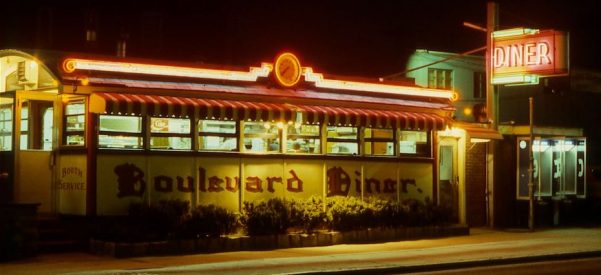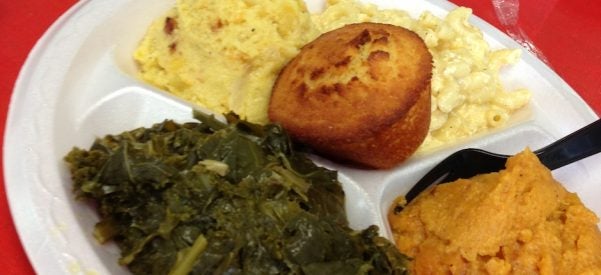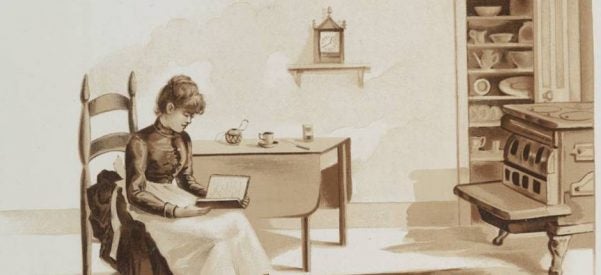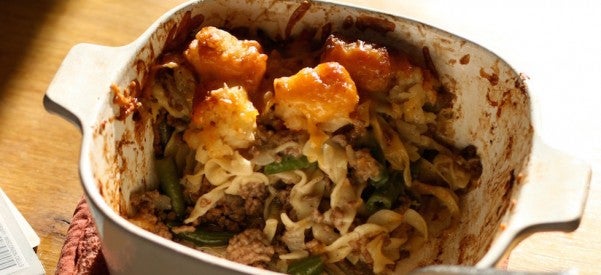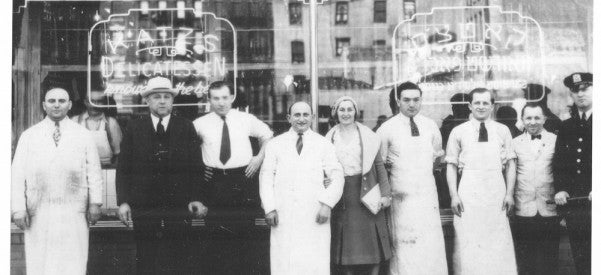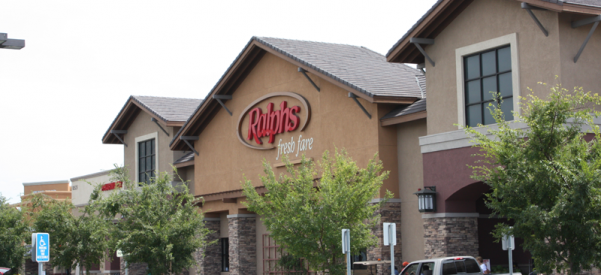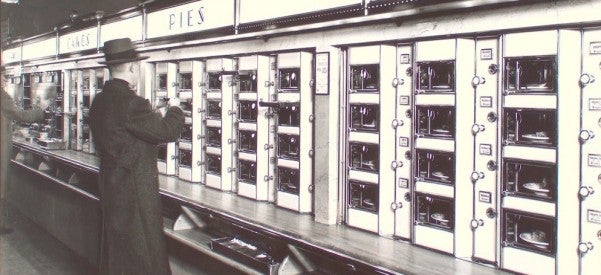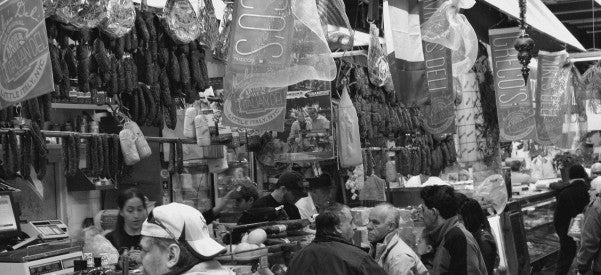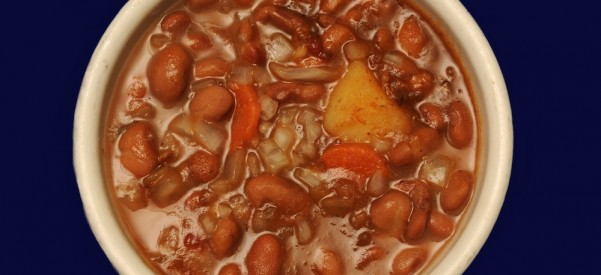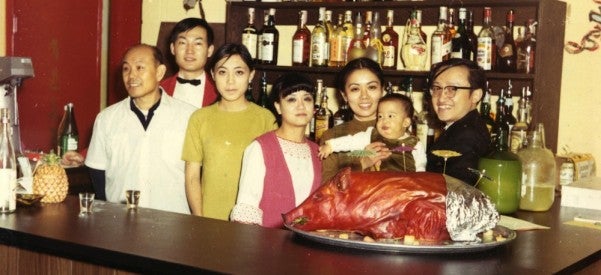Why Americans Love Diners
For 135 Years, the Iconic Eateries Have Been Our Home Away From Home
Driving north on Route 95 through Connecticut, I noticed a billboard advertising a local diner. Its immense letters spelled out: “Vegan, Vegetarian, Gluten-Free and Diner Classics.” I knew a seismic shift had occurred when Blue Plate Specials—hands-down favorites for nearly a century such as meat loaf, hot turkey sandwiches, and spaghetti and meatballs—were last on a list of diner offerings.
Over their long history, diners have been a subtle part of our built environment and also our inner landscapes. They …


